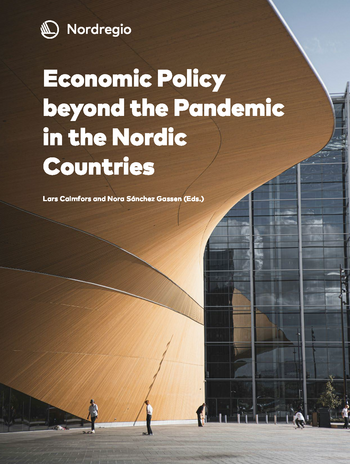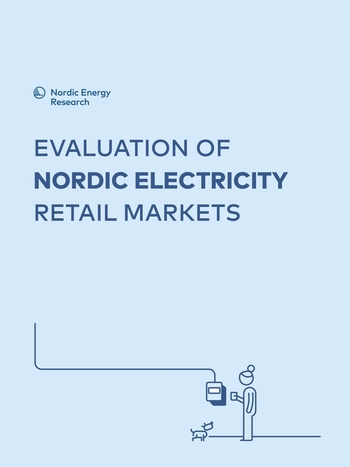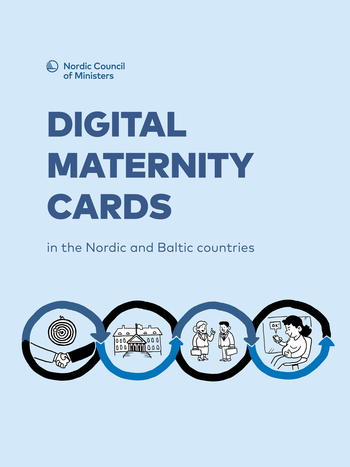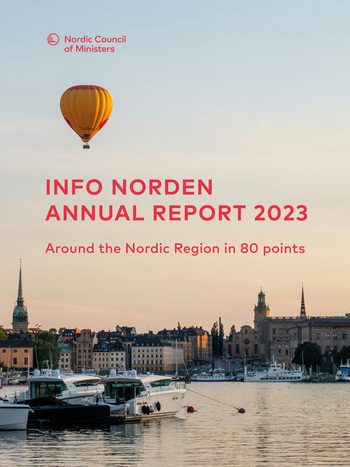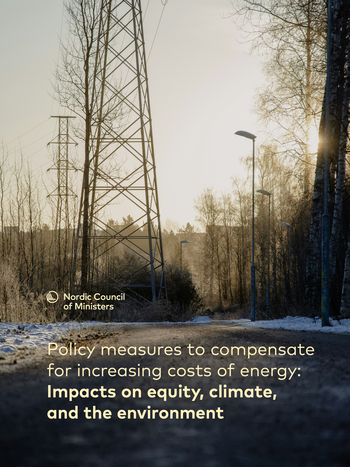State of the Nordic Region 2018
Theme 2: Labour force
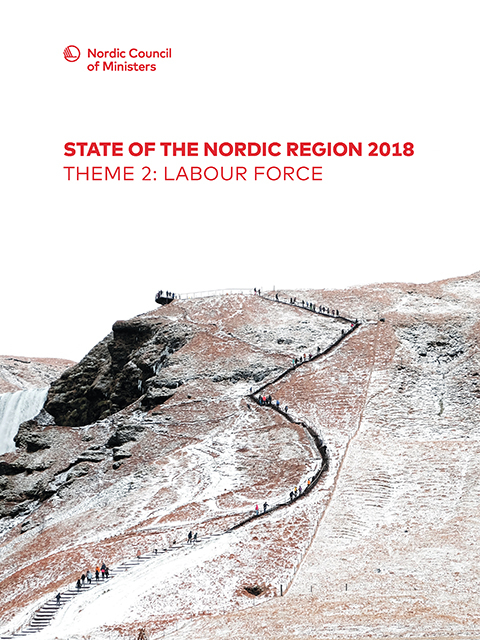
Information
Publish date
Abstract
The Nordic Region has recovered strongly from the financial crisis. Sweden boasts the highest employment rate in the EU while Iceland has the highest rate in Europe. High employment rates for women in particular stand out and remains a basic feature of Nordic labour markets. Finland however provides an exception here. All Nordic countries have experienced a relative decline of the labour force between 2007 and 2017, and Finland have even had a decline in absolute numbers also. Unemployment nevertheless remains low while in certain sectors it is difficult for employers to find people with the right competences. The share of the population with a tertiary education is however increasing across, suggesting that the Nordic Region is in a strong position to meet the needs of the labour market of the future.Unemployment rates, especially for younger people, are highest in old industrial towns and some sparsely populated areas. In general, jobs tend to move from rural to urban areas and many municipalities are not as resilient to change as the general Nordic trend would indicate. Rural populations are also less likely to have higher education than their urban counterparts. Finland and Sweden still have a relatively high level of youth unemployment but overall, the Nordics fare better than the rest of Europe in this regard.The Nordic model, with its high levels of unionisation, compressed wage structures and low share of unskilled jobs makes integration into the labour market challenging for newly arrived immigrants. Integration challenges are also reflected in school performance, with gaps between the scores of native-born students and those of first and second-generation students larger than the OECD average in all Nordic countries.All in all, the labour market in the Nordic Region is doing well but in a continually changing economic landscape, significant challenges remain.
Publication number
2018:003
